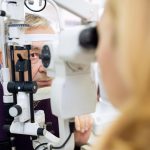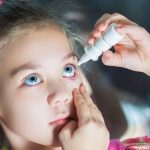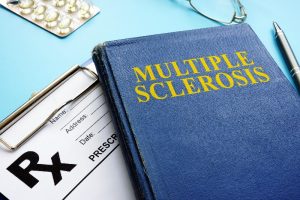
Fluoride may have found its match in preventing cavities. New research shows that toothpaste containing hydroxyapatite, one of the main mineral components in teeth, can prevent cavities as effectively as fluoride, which has been used in toothpaste since 1956. The findings were published July 18 in Frontiers in Public Health. “If the article is correct based on the data, one might choose the hydroxyapatite over the fluoride, because the hydroxyapatite itself is safer than fluoride,” said Dr. Leonard Patella, a dentist with Northwell Health in Glen Cove, N.Y., who was not involved with the study. “If you give too much fluoride, it can be toxic. And too much fluoride, if ingested, can cause damage to teeth. It can cause something called fluorosis.” Dental fluorosis is a condition that changes the appearance of tooth enamel and can happen when children consume fluoride during their teeth-forming years. In places like the United States, cases are typically fairly mild and usually result in white or brown spots on the teeth. In more severe cases, however, pits can form. “This is a very important issue,” said researcher Dr. Elżbieta Paszyńska, head of the department of integrated dentistry at Poznań University of Medical Sciences in Poland. “Unlike fluorides, hydroxyapatite has a high remineralization effect, biocompatibility, and is safe if accidentally swallowed. Dentists worldwide should be informed about hydroxyapatite to be… read on > read on >





































